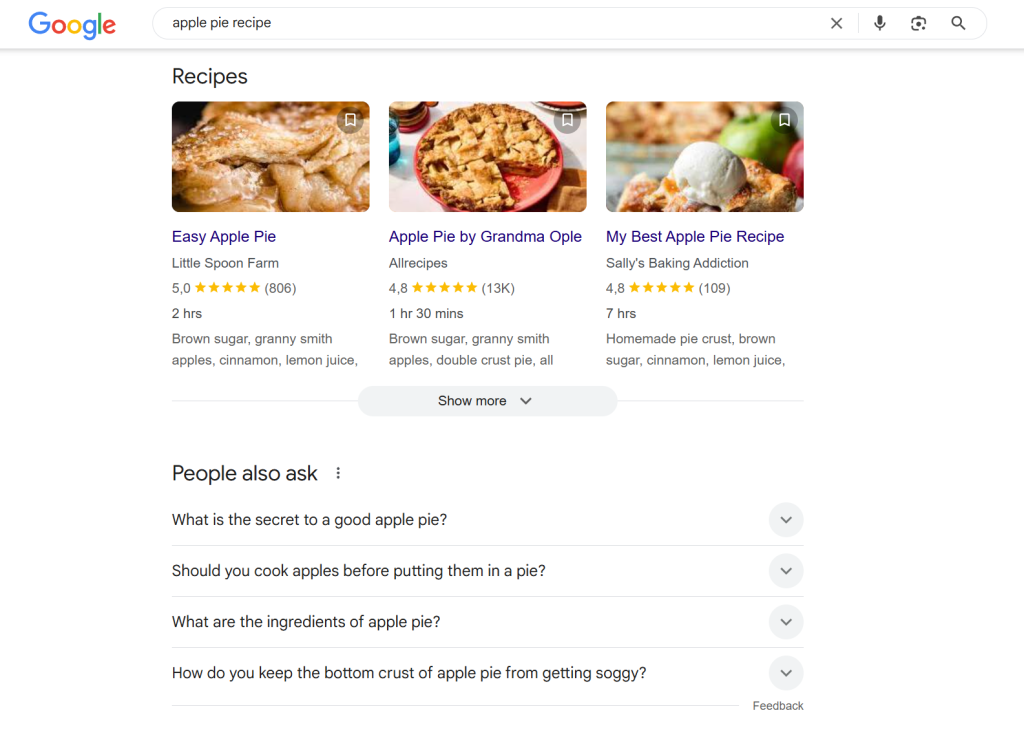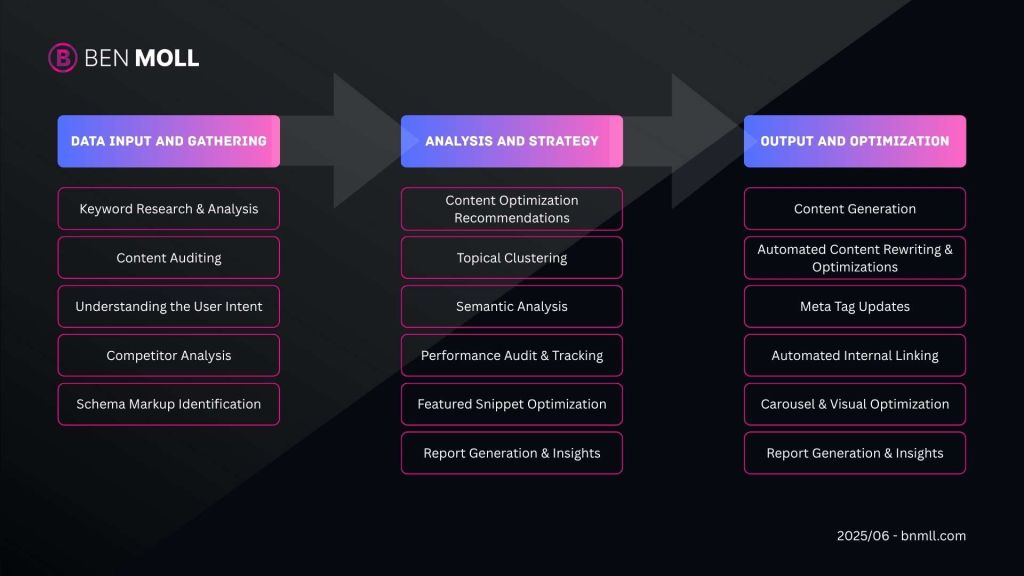As digital marketing ecosystems become increasingly complex, marketing leaders face the challenge of adopting strategies that not only improve rankings but also enhance the user experience. One powerful emerging tactic is the strategic use of the SEO carousel—a dynamic and engaging search result feature designed to showcase multiple pieces of content in a single visual unit. For CEOs, CMOs, and marketing directors, understanding the mechanics and nuances of the SEO carousel can unlock significant opportunities for brand visibility and traffic growth in 2025.
This article dives deep into the essential SEO tips you need in 2025 to maximize the impact of SEO carousels—also known as rich snippet carousels or image carousels—in your digital marketing strategy. You’ll learn how to optimize content for carousel inclusion, leverage AI and automation tools, and deploy actionable practices to capture user attention on SERPs (Search Engine Results Pages). We also explore case studies demonstrating real-world applications and provide actionable takeaways to keep your teams aligned with future-facing SEO techniques.
What Is an SEO Carousel? A Primer for Marketing Leaders
An SEO carousel refers to a horizontal, scrollable block of content that appears on the top or near the top of Google’s search results. This feature showcases multiple pieces of related content — such as images, videos, products, or articles — packaged in a visually appealing carousel format, often enhanced by rich snippets and schema markup.
Examples include:
- Recipe carousels with images and ratings
- Product carousels
- Video carousels pulled from YouTube
- “Top stories” news carousels
For marketing leaders, an SEO carousel offers a prime opportunity to improve CTR (Click-Through Rate), engagement, and brand storytelling. But optimizing for them requires deliberate SEO strategies beyond traditional keyword focus.

Why SEO Carousels Matter More in 2025
Google increasingly prioritizes user experience and rich content formats. With voice search, mobile-first indexing, and AI-powered personalization on the rise, traditional blue-link listings are no longer the only way to win clicks. SEO carousels:
- Enhance visual appeal and user engagement on search pages
- Provide a way to showcase multiple relevant assets upfront
- Improve mobile usability with swipe-friendly interfaces
- Act as a trust signal by featuring reviews, ratings, and authoritative media
Research shows that pages optimized for rich results experience up to a 30% increase in CTR compared to standard listings (Semrush).
7 SEO Carousel Tips You Need to Implement in 2025
1. Implement Comprehensive Structured Data Markup to master the SEO Carousel
To get your content included in SEO carousels, structured data markup is essential. Google uses schema.org vocabularies to understand and feature your content in rich results.
Key types include:
- Recipe schema for food content
- Product schema for e-commerce listings
- VideoObject schema for videos
- Article schema for news stories and blogs
Ensure your markup is thorough, accurate, and kept up to date using Google’s Structured Data Testing Tool. Misconfigured markup can lead to unintended penalties or exclusions.
2. Optimize Content for User Intent and Visual Appeal
Carousels thrive when the content is not only relevant to user queries but also visually engaging. Tips:
- Use high-quality images optimized for fast load times
- Craft concise, descriptive titles and meta descriptions
- Incorporate user reviews and ratings to build trust
- Match content to user intent (e.g., “best [product] for 2025” for product carousels)
Optimize your image alt-text and file names to reinforce SEO signals without keyword stuffing.
3. Leverage AI and Automation Tools to Analyze Carousel Opportunities
AI-driven tools like Clearscope, SEMrush, and MarketMuse can analyze search intent and content gaps, surfacing opportunities where your site could rank in SEO carousels. Use these tools to:
- Identify frequently featured carousel topics in your niche
- Analyze competitors’ carousel content for benchmarking
- Automate structured data implementation with plugins or CMS features

4. Prioritize Mobile and Voice Search Readiness
With over 60% of searches on mobile devices and voice queries growing, your carousel-optimized content must deliver flawless mobile experience and natural language relevance.
Strategies include:
- Using responsive images and AMP for faster loading
- Incorporating natural language variations in metadata
- Aligning content with conversational search queries
5. Monitor and Refine Carousel Performance Consistently
Deploy Google Search Console and other SEO analytics platforms to monitor the visibility and CTR of carousel listings. Focus on:
- Tracking impressions and user engagement per carousel asset
- Testing different images or titles to improve clicks
- Removing outdated or underperforming content from the carousel feeds
6. Create Dynamic Content Clusters to Feed Carousels
Google favors content hubs that offer a wealth of connected information. Cluster topics and assets strategically to increase the likelihood of carousel inclusion.
Example:
- An e-commerce site creating grouping pages for product categories with variations, reviews, and how-to videos all linked together.
- A brand producing a series of educational blog posts paired with videos and infographics.
7. Invest in Brand Authority and Trust Signals
Carousels often pull content from authoritative and trusted domains first. To capitalize:
- Secure backlinks from reputable sources
- Maintain consistent social proof and user feedback across platforms
- Demonstrate expertise through verified authorship and credentials
Authoritative External References
– Google’s Official Guide on Structured Data: https://developers.google.com/search/docs/appearance/structured-data/intro
– Search Engine Journal on Rich Snippets Impact: https://www.searchenginejournal.com/google-rich-snippets-boost-seo-performance/
Conclusion: Top 5 SEO Carousel Takeaways for 2025
- Implement thorough and accurate structured data markup to become eligible for carousels.
- Optimize visual and textual content for user intent and mobile-first experiences.
- Leverage AI tools to identify and capitalize on emerging carousel opportunities.
- Consistently monitor, test, and refine carousel assets to maximize click-through and engagement rates.
- Build brand authority to enhance trust signals and carousel ranking potential.
Ready to future-proof your SEO strategy with carousel optimization? Subscribe to our newsletter for ongoing insights, request a personalized consultation, or download our comprehensive free guide on advanced SEO tactics, explicitly designed for marketing leaders navigating 2025.






